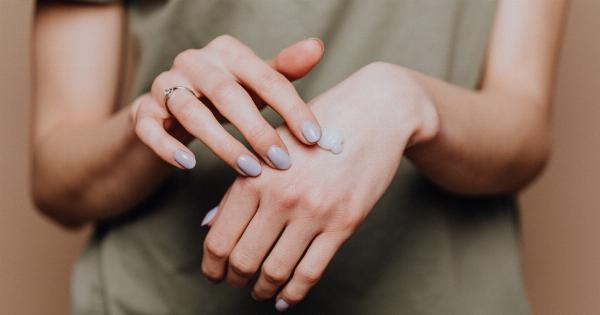Cellulite is a common condition that affects millions of people worldwide. It is characterized by dimpled or lumpy skin, usually on the thighs, buttocks, and hips.
Despite its prevalence, cellulite can be a source of frustration and self-consciousness for many individuals.
What Causes Cellulite?
Cellulite occurs when fat deposits push through the connective tissue beneath the skin, causing a puckered appearance. While the exact causes of cellulite are not fully understood, several factors contribute to its development:.
Hormones
Hormones play a significant role in cellulite formation. Estrogen, insulin, thyroid hormones, and prolactin are all thought to contribute to the development of cellulite.
Hormonal changes, such as those that occur during puberty, pregnancy, or menopause, can increase the likelihood of cellulite formation.
Diet and Lifestyle
A poor diet and sedentary lifestyle can contribute to the development of cellulite. Diets high in processed foods, refined sugars, and unhealthy fats can lead to weight gain and a higher risk of cellulite.
Lack of exercise and sitting for prolonged periods can also contribute to the accumulation of fat and cellulite formation.
Genetics
Genetics may predispose individuals to develop cellulite. If your parents or close relatives have cellulite, you may be more likely to experience it as well.
Genetic factors can influence your metabolism, fat distribution, and the strength of your connective tissue, all of which can contribute to cellulite formation.
Age
As we age, our skin loses its elasticity and becomes thinner. This can make cellulite more apparent. Additionally, the production of collagen, which helps keep the skin firm and smooth, decreases with age, further contributing to cellulite formation.
Treatments for Cellulite
While completely getting rid of cellulite might not be possible, various treatments can help reduce its appearance and improve skin tone:.
1. Topical Creams and Lotions
Many creams and lotions on the market claim to reduce cellulite. These products often contain ingredients such as caffeine, retinol, or antioxidants, which can temporarily tighten the skin and improve its texture.
While these products may offer some improvement, their effects are usually minimal and temporary.
2. Massage and Dry Brushing
Massage and dry brushing can help stimulate blood flow, reduce fluid retention, and break down fat cells beneath the skin. These techniques can temporarily improve the appearance of cellulite, but their effects are not long-lasting.
3. Laser and Radiofrequency Treatments
Laser and radiofrequency treatments use heat and energy to stimulate collagen production and tighten the skin. These treatments can help reduce the appearance of cellulite, but multiple sessions are usually required for optimal results.
4. Cellulite Reduction Procedures
Medical procedures such as liposuction, subcision, and laser-assisted cellulite treatment (Laser Cellulite Removal) aim to remove or break down the fat deposits responsible for cellulite.
These procedures are more invasive and expensive, but they can provide significant and long-lasting improvements in cellulite appearance.
5. Lifestyle Changes
Adopting a healthy lifestyle is crucial in managing and preventing cellulite. Regular exercise, a balanced diet, and staying hydrated can help maintain a healthy weight and reduce the risk of cellulite formation.
Strength training exercises that target the thighs, buttocks, and hips can also help tone and tighten the affected areas.
Conclusion
Cellulite can be a frustrating condition, but with the right approach, its appearance can be reduced.
While there is no magic cure for cellulite, a combination of lifestyle changes, treatments, and self-care can help you feel more confident and comfortable in your own skin.



























